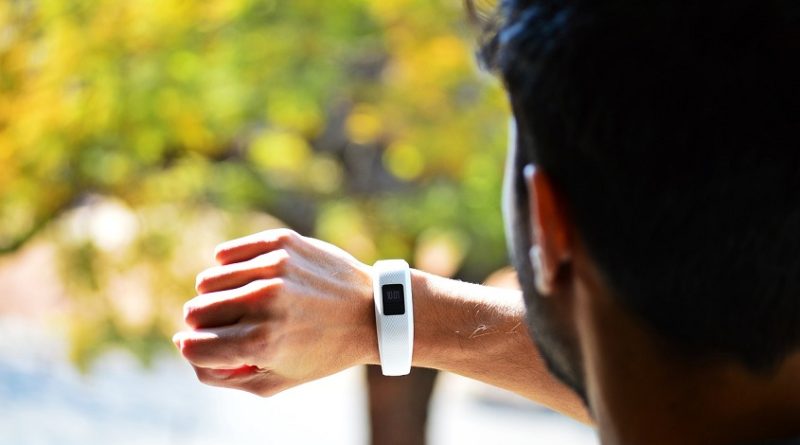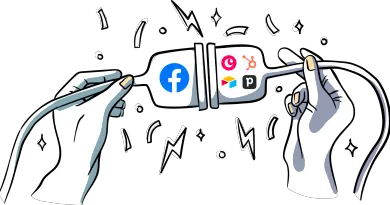The Potential for IoT-Enabled Wearable Technology in Healthcare
IoT-enabled wearable technology has the potential to revolutionize healthcare by providing remote monitoring, personalized care, and improved patient outcomes, all while reducing costs. However, it also faces challenges such as data privacy, interoperability and regulation.
IoT (Internet of Things) refers to the connection of everyday devices to the internet, allowing for data collection and communication. Wearable technology refers to devices worn on the body, such as smartwatches, that have internet connectivity and can collect data. Together, IoT and wearable technology have the potential to revolutionize various industries, including healthcare.
The current state of healthcare technology is rapidly evolving, with advancements in areas such as telemedicine, electronic health records, and precision medicine. However, there are still challenges related to data privacy, interoperability, and cost. IoT-enabled wearable technology has the potential to further improve healthcare delivery and patient outcomes.
IoT-enabled wearable technology, through the integration of data collection and communication capabilities, has the potential to revolutionize healthcare delivery by improving patient outcomes through better monitoring and personalized care, as well as reducing costs through more efficient use of resources.
Use Cases
Use cases for IoT-enabled wearable technology in healthcare include:
- Remote patient monitoring, allowing healthcare providers to track vital signs and other health data remotely, improving access to care for patients in remote or underserved areas.
- Medication management, using wearable devices to remind patients to take their medication, monitor adherence, and track side effects.
- Fall detection and prevention, using wearable technology to detect falls and alert caregivers or emergency responders.
- Chronic disease management, using wearable devices to track symptoms, monitor progress, and provide personalized care for patients with chronic conditions such as diabetes and heart disease.
Challenges
Challenges to the implementation of IoT-enabled wearable technology in healthcare include:
- Privacy and security concerns, as personal health data is sensitive information that must be protected from unauthorized access or breaches.
- Interoperability and data integration, ensuring that data collected by wearable devices can be easily integrated with other healthcare technology and systems.
- Regulation and compliance, as healthcare is a heavily regulated industry, and wearable devices must comply with relevant laws and regulations, such as HIPAA.
- Limited patient adoption due to cost, lack of awareness or need of the technology.
- The need for healthcare providers and technologists to work together in order to leverage the data coming from these devices effectively.
Potential Benefits
Potential benefits of IoT-enabled wearable technology in healthcare include:
- Increased patient engagement, as patients are more likely to take an active role in their own health when they have access to real-time data and can track their progress.
- Improved patient outcomes, as healthcare providers have access to more data and can provide more personalized care.
- Reduced healthcare costs, as wearable technology can help prevent complications and readmissions, and can improve the efficiency of care delivery.
- Improved patient satisfaction by giving the patients the ability to monitor their health and manage their conditions from the comfort of their home.
- Wearable technology can also provide real-time data to healthcare providers, enabling them to identify and respond to potential health issues quickly.
Case Studies
Case studies of successful implementation of IoT-enabled wearable technology in healthcare include:
- The use of remote monitoring devices for patients with heart failure, which has been shown to reduce hospital readmissions and improve patient outcomes.
- The use of wearable devices for diabetes management, which has been shown to improve blood sugar control and reduce the risk of complications.
- The use of smartwatches for fall detection in older adults, which has been shown to improve safety and reduce the risk of injury.
- The use of wearable devices for mental health management, which has been shown to improve symptoms and increase patient engagement in treatment.
- The use of wearables for post-surgery recovery, which has been shown to improve patient outcomes, reduce recovery time and increase patient satisfaction.
Future Outlook
The future outlook for IoT-enabled wearable technology in healthcare includes:
- Advancements in IoT and wearable technology, such as miniaturization, improved battery life, and integration with other technologies like AI and 5G, which will make wearable devices more convenient and powerful.
- Potential for integration with other healthcare technologies, such as electronic health records and telemedicine, to create a more seamless and integrated healthcare experience.
- Potential for widespread adoption in healthcare, as the benefits of wearable technology become more widely recognized and the technology becomes more affordable and accessible.
- Greater use of predictive analytics, machine learning and AI to extract more valuable insights from the data generated by wearable devices.
- The development of more specialized wearables for specific health conditions such as sleep apnea, anxiety and depression.
- Wearable devices may also be used to track health and fitness data for the general population, in order to improve overall public health.




